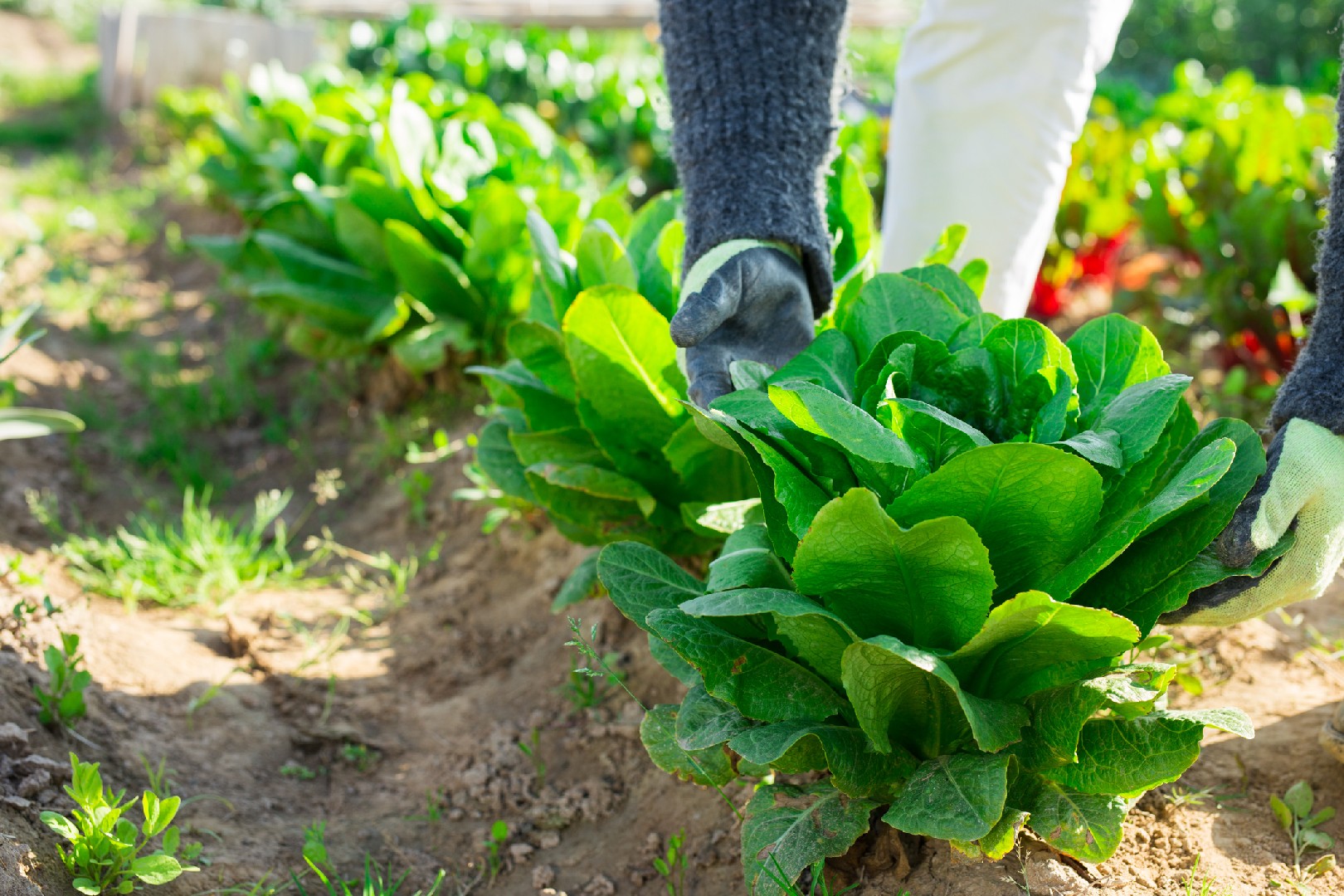![Rectangle]()
Soil Health Enhancement Through Companion Planting
Companion planting is a technique that involves planting different crops in close proximity to one another to promote mutual benefits and enhance soil health. It is an age-old practice that has been employed by farmers and gardeners around the world for centuries. In this section, we will explore how companion planting can be used to unlock the potential of soil and boost nutrient uptake, ultimately leading to healthier and more productive plants.
One of the key advantages of companion planting is its ability to promote biodiversity in the garden or farm. By growing a variety of different crops together, a rich ecosystem is created, attracting a diverse range of beneficial insects, birds, and other organisms. This, in turn, leads to improved soil health as these organisms contribute to the breakdown of organic matter and the cycling of nutrients. For example, certain plants, such as legumes, have the ability to fix nitrogen from the atmosphere and make it available to other plants. By intercropping legumes with nitrogen-demanding crops, such as corn or tomatoes, farmers can reduce their reliance on synthetic fertilizers and improve soil fertility.
In addition to promoting biodiversity, companion planting plays a crucial role in breaking pest cycles and preventing soil depletion. Some plants possess natural pest-deterrent properties, while others attract beneficial insects that feed on pests. For instance, planting marigolds around vegetable crops can help repel harmful nematodes and other soil-borne pests. Similarly, growing aromatic herbs like basil or mint alongside susceptible plants can deter common pests like aphids or whiteflies. By reducing the reliance on chemical pesticides, companion planting helps maintain a balanced and healthy ecosystem, ensuring the long-term health of the soil.
Furthermore, healthy soil is essential for optimal plant nutrient uptake and overall plant health. Soil acts as a reservoir of essential minerals and nutrients that plants need for their growth and development. However, poor soil conditions, such as compaction or nutrient deficiency, can limit nutrient availability to plants. This is where companion planting comes into play. By incorporating nutrient-accumulating plants, such as comfrey or nettles, with other crops, the overall nutrient content of the soil can be improved. These nutrient-rich plants can serve as dynamic accumulators, bringing up minerals from deeper layers of the soil and making them accessible to neighboring plants.
In conclusion, companion planting is a powerful technique that can unlock the potential of soil and foster healthy plant growth. By promoting biodiversity, breaking pest cycles, and enhancing nutrient uptake, companion planting offers a sustainable and environmentally friendly approach to agriculture and gardening. Whether you're a novice gardener or an experienced farmer, integrating companion planting into your growing practices can lead to healthier, more resilient plants and a thriving ecosystem. So why not give it a try and witness the benefits yourself? Happy gardening!





